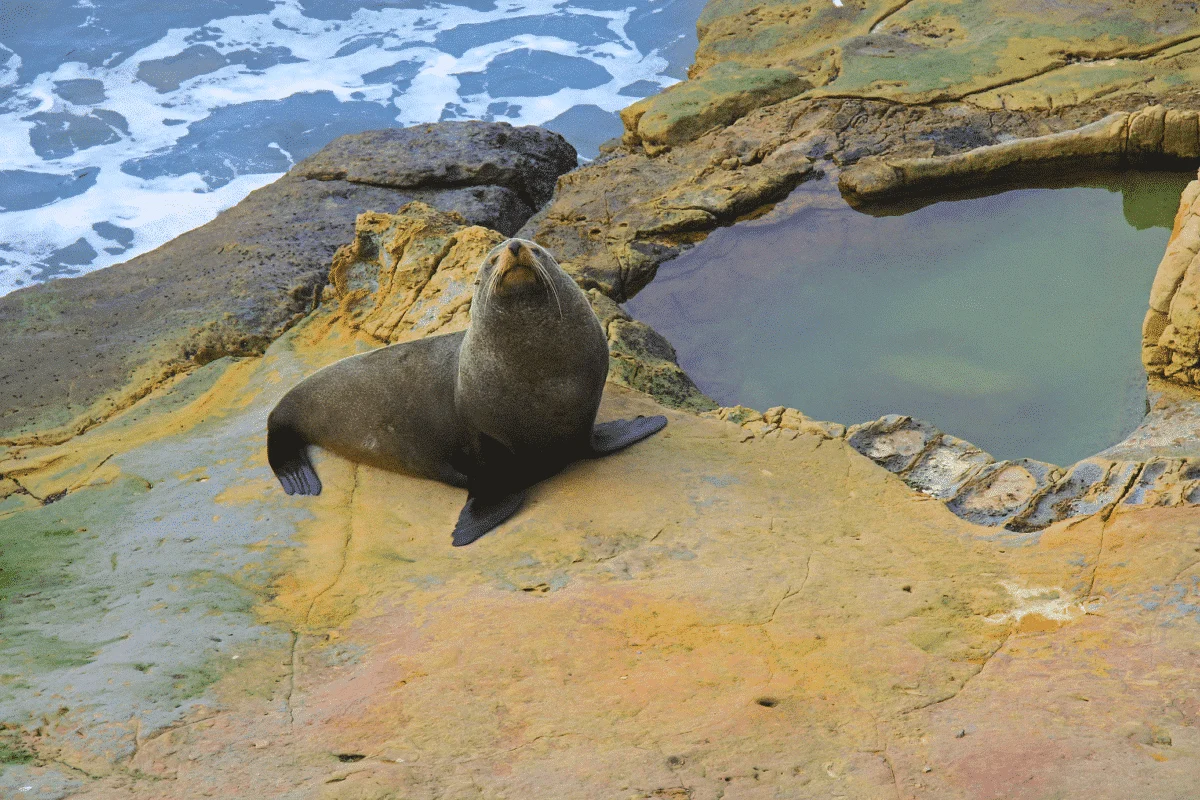Imagine the surprise of suburban residents when an unexpected visitor enters their neighborhood: a seal!
While seals are commonly associated with coastal regions, these fascinating marine mammals occasionally venture far beyond their usual habitats. The appearance of a seal in a suburban area sparks curiosity and raises questions about the reasons behind such unusual sightings.
Let’s dive further into this fascinating world of seals, delve into the phenomenon of seal appearances in unexpected locations, and examine these encounters’ impact on local communities. Help us discover the secrets of these captivating creatures and the stories of their unexpected adventures.

Key Points
| 1. Pinnipeds are semi-aquatic marine mammals known for their streamlined bodies and flippers, including seals, sea lions, and walruses. |
| 2. Seals inhabit various ecosystems worldwide, from Arctic and Antarctic regions to temperate and tropical coastal areas. |
| 3. Seal sightings in unexpected locations can occur due to navigational errors, disorientation, or the search for food, potentially influenced by changes in their environment. |
| 4. Seal appearances in suburban neighborhoods can impact local communities both positively and negatively, raising concerns about safety and potential disruptions to daily routines. |
| 5. Responsible guidelines include maintaining a safe distance from seals, avoiding feeding them, and reporting seal sightings to appropriate wildlife authorities. |
| 6. Conservation efforts focus on habitat preservation, public education, and supporting organizations dedicated to marine mammal rescue, rehabilitation, and public awareness. |
Want to jump ahead? Click below
Understanding The Seals Species

What are Pinnipeds?
Pinnipeds, meaning “fin-footed” in Latin, are a group of semiaquatic marine mammals characterized by their streamlined bodies and powerful flippers. The three main groups of pinnipeds include:
- Seals
- Sea lions
- Walruses
Seals, specifically, are known for their ability to spend extended periods in the water.
Species and Habitats
Firstly, seals inhabit many ecosystems worldwide, from the frigid Arctic and Antarctic regions to temperate and tropical coastal areas. Furthermroe, common species include the harbor seal, gray seal, and elephant seal. Each species has long since evolved unique features and adaptations that allow them to thrive in their respective environments.
Natural Behavior and Life Cycle
Evidently, seals are social animals that display fascinating behavior on land and in the water. Additionally, they are well adapted to an aquatic lifestyle, with streamlined bodies and strong swimming abilities. Seals are carnivorous and primarily feed on fish and invertebrates.
They have an annual breeding cycle, with females giving birth to their pups on land or ice. Seal pups are born with a soft, fluffy coat called lanugo, which is eventually replaced with adult fur.
Learn more about Seals here.
Seal Sightings in Unusual Locations
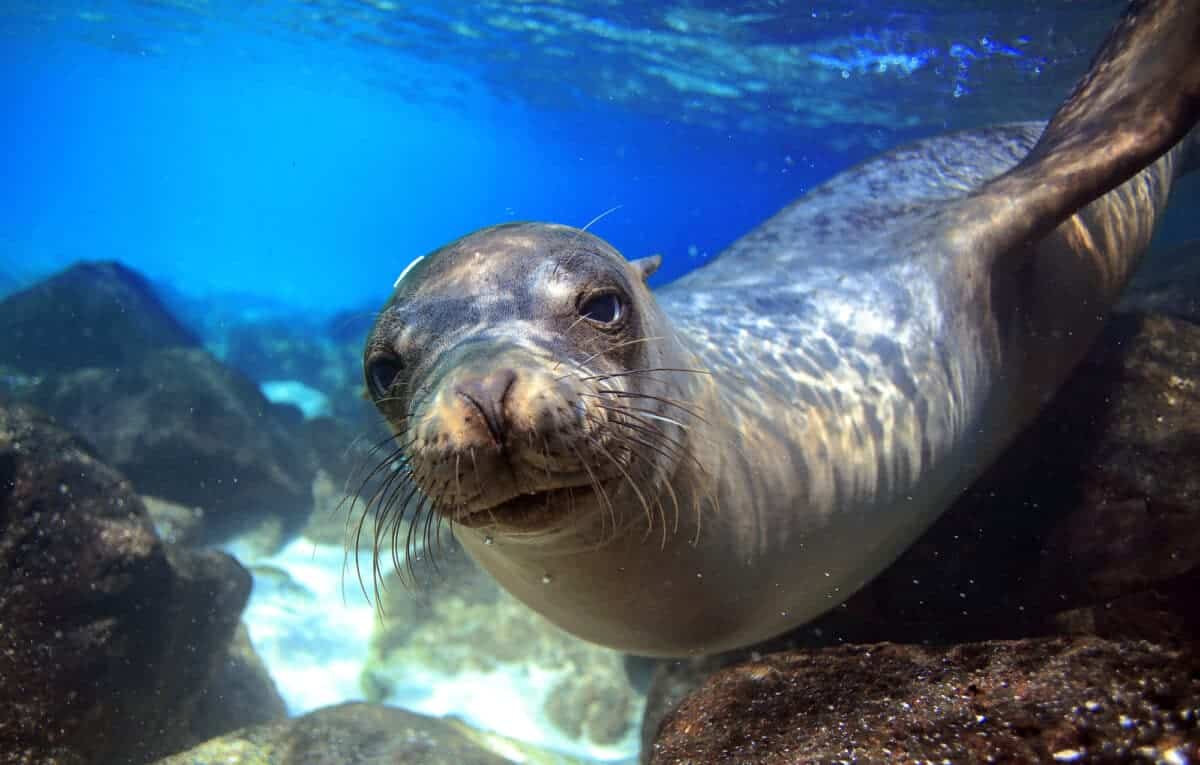
Seeing a seal in a suburban neighborhood may seem extraordinary, but it is not uncommon. There have been numerous reports of seals venturing far from their natural habitats and appearing in unexpected places.
One such instance occurred in a suburban area of California, where residents were astonished to find a harbor seal basking in the sun on a neighborhood street. Similarly, in an East Coast community, a seal was spotted exploring a local creek, much to the surprise of onlookers.
While the reasons behind these seal sightings can vary, they often involve factors such as navigational errors, disorientation, or food search. Seals may occasionally lose their way and find themselves in unfamiliar territory, including suburban neighborhoods.
It is also possible that changes in their environment, such as shifts in prey availability or disruptions in their usual foraging areas, contribute to these unusual sightings. These unexpected encounters serve as a reminder that wildlife is adaptable and can sometimes wander outside their usual ranges.
However, it is crucial for both the seals’ well-being and the community’s safety to approach these situations with caution and respect for the natural behavior of these animals.
The Impact on Local Communities
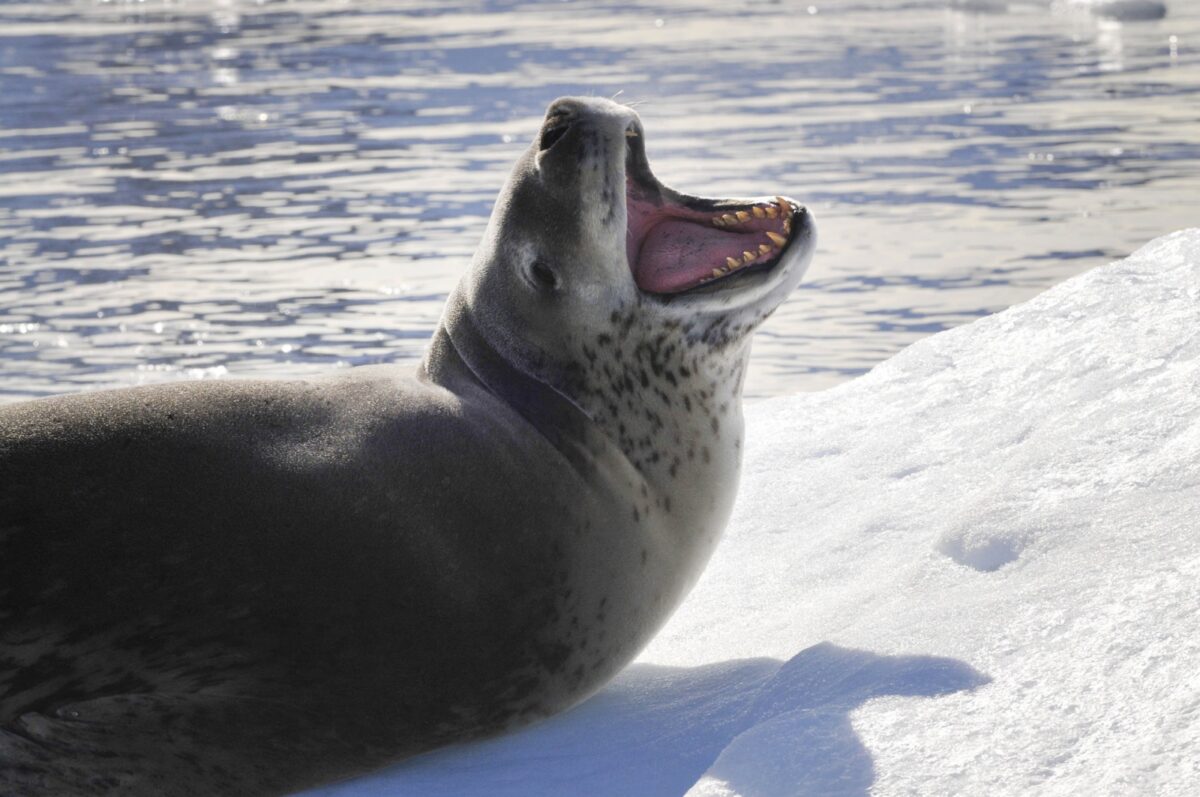
The unexpected presence of seals in suburban neighborhoods can positively and negatively impact local communities. While these encounters may provide a unique opportunity for residents to witness wildlife up close, they also raise concerns and challenges.
One of the primary concerns is the safety of both humans and seals. Seals are wild animals, and approaching them too closely can pose risks. They may perceive human interaction as a threat, leading to defensive behavior.
Seals also carry bacteria and parasites that can harm humans and other animals. Community members must maintain a safe distance and avoid disturbing or harassing the seals. Seal sightings can also disrupt the daily routines of neighborhoods. Increased foot traffic and gatherings of onlookers may cause inconvenience or disturbance to residents.
Additionally, if seals choose to rest or sunbathe in public areas, their presence may temporarily limit human access to those spaces.
However, seal appearances can also foster a sense of wonder and appreciation for nature among community members. These unexpected encounters provide educational opportunities for learning about marine wildlife and the importance of conservation. They serve as a reminder that even suburban areas are connected to the larger ecosystem and can harbor diverse forms of life.
Conservation Efforts and Guidelines
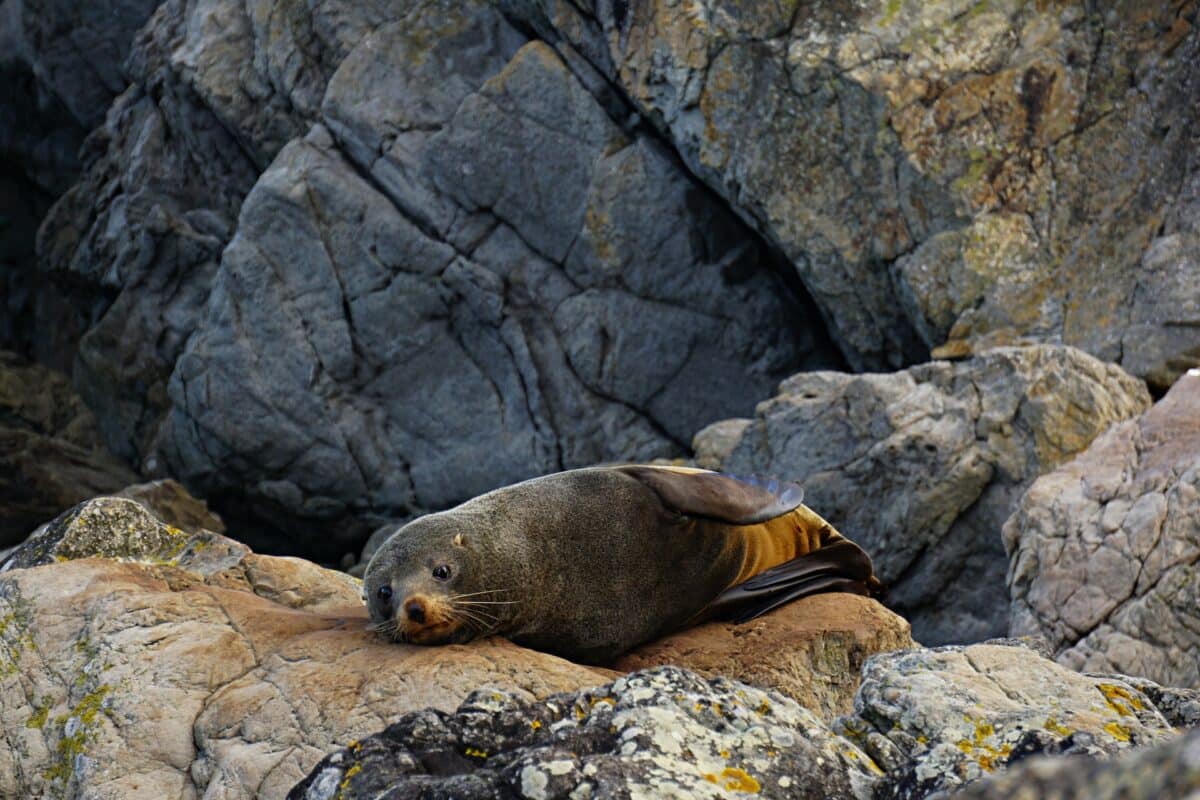
To ensure the well-being of both seals and local communities, it is crucial to have proper guidelines and conservation efforts in place. Organizations such as the Marine Mammal Center play a significant role in marine mammal rescue, rehabilitation, and public education.
Guidelines for interacting with seals responsibly include:
- Maintain a Safe Distance: It is essential to keep a distance of at least 50 feet from seals and avoid approaching or touching them. This helps minimize stress and potential conflicts.
- Do Not Feed Seals: Feeding seals can disrupt their natural foraging behaviors and make them reliant on human food sources, leading to health issues and habituation.
- Report Seal Sightings: If a seal is spotted in an unusual location, report it to local wildlife authorities or organizations like the Marine Mammal Center. Reporting helps ensure that experts can assess the situation and take appropriate action.
Conservation efforts focus on protecting the natural habitats of seals and promoting public awareness. These include:
- Habitat Preservation: Conserving coastal areas and maintaining healthy ecosystems benefit seals and other marine wildlife.
- Public Education: Promoting understanding and appreciation for seals through educational programs, outreach initiatives, and public campaigns helps raise awareness about their importance and conservation needs.
By following these guidelines and supporting conservation efforts, communities can contribute to seals’ protection and well-being while fostering a harmonious relationship between humans and wildlife.
Fun Facts and Interesting Stories
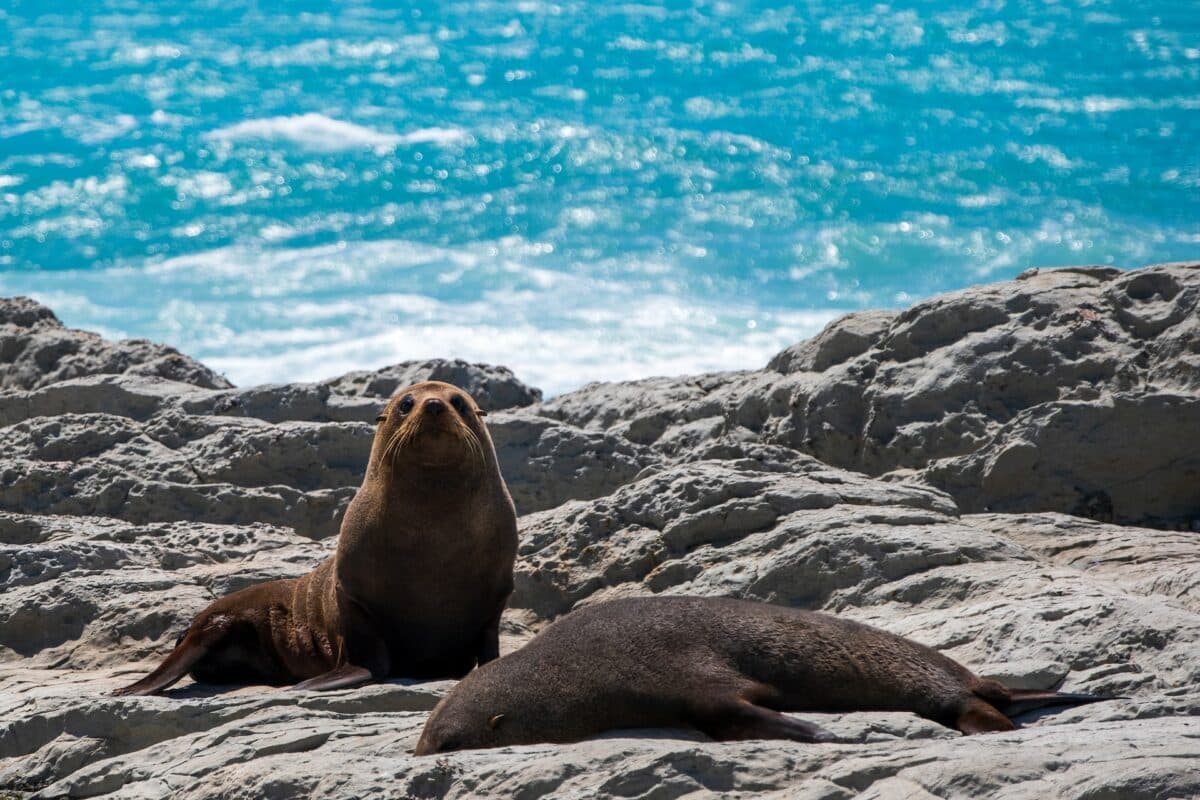
Evidently, seals are captivating creatures with many intriguing traits. Furthermore, here are some fun facts and interesting stories about seals:
- Seal Superpowers: Firstly, seals are exceptional divers and can hold their breath for an impressive amount of time, ranging from 20 minutes to over an hour, depending on the species. Their bodies are also adapted to withstand extreme pressure at great depths.
- Unlikely Surfers: Seals are known to ride waves and surf, using their flippers to navigate through the water with agility and grace. Additionally, this playful behavior showcases their adaptability and enjoyment of their marine environment.
- The “Seal-iest” Names: When a seal was spotted off the coast of Massachusetts, locals playfully nicknamed it “Philllips” after the nearby Phillips Beach. This lighthearted naming tradition demonstrates people’s fascination and connection towards these unexpected visitors.
- Resilience and Recovery: Seals have faced hunting and habitat degradation challenges. However, through conservation efforts and protective measures, many seal populations have made impressive recoveries, showing the positive impact that human actions can have.
Check out more facts about seals with National Geographic!
Wrapping Up with the A Seal Appearing in a Suburban Neighborhood
Evidently, the appearance of a seal in a suburban neighborhood reminds us of wildlife’s adaptability and resilience. While these encounters can be exciting and provide a glimpse into the wonders of nature, it is vital to approach them with caution, respect, and a commitment to conservation.
Understanding seals, their natural behavior, and the reasons behind their appearances in unexpected locations can help us appreciate these magnificent creatures even more. Additionally, by adhering to responsible guidelines and reporting seal sightings, we can contribute to their well-being and preserve their habitats.
Let’s strive to create a harmonious coexistence between humans and wildlife, where the unexpected arrival of a seal becomes an opportunity for education, awe, and a shared commitment to protect the beauty and diversity of our natural world.
Next up:
Join our Forum for free today!

- Kind Elephant Merciful To Lion Cubs - July 22, 2024
- Beachgoers Save Massive Shark Stranded In Florida - July 22, 2024
- Pit Bull Rescued From Being Chained Its Whole Life Gets A Surprise - July 21, 2024

